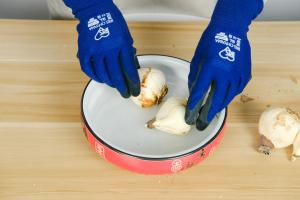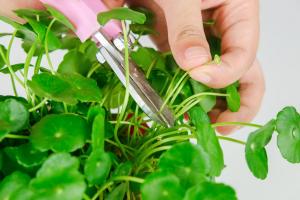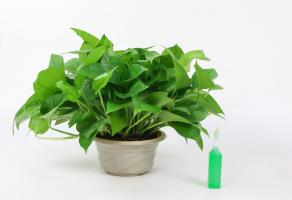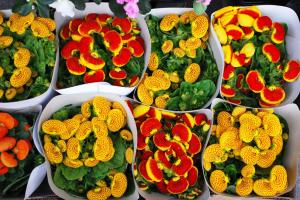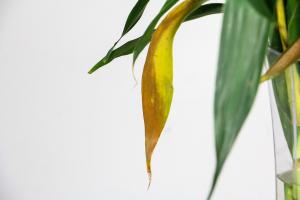Introduction
Thyme is an aromatic herb commonly used in cooking and medicinal purposes. It is native to the Mediterranean region, but now grows in many parts of the world. Thyme plants are known for their small, fragrant leaves and delicate flowers. In this article, we will explore in detail what a thyme plant looks like.
Appearance of Thyme Plants
Thyme plants are small, typically reaching a height of 6-12 inches. They have woody stems that are covered in small, narrow leaves. The leaves are typically green, but can also be grayish-green or variegated. They are arranged in pairs on the stem, and are oval or elliptical in shape. Thyme leaves are very fragrant when rubbed, and are often used in cooking to add flavor to dishes. Thyme flowers are delicate and come in shades of pink, purple, or white. They are small, tubular in shape, and grow in clusters at the top of the stem.
Varieties of Thyme Plants
There are many different varieties of thyme plants, each with its own unique appearance and characteristics. Some of the most common varieties include:
-English Thyme: This variety has green leaves and a strong, earthy flavor. It is often used in soups, stews, and marinades.
-Lemon Thyme: This variety has green leaves with a lemony scent. It is often used in fish dishes and salads.
-Caraway Thyme: This variety has green leaves and a spicy, caraway-like flavor. It is often used in sausage and meat dishes.
-Woolly Thyme: This variety has grayish-green leaves that are covered in fine hairs. It is often used as a ground cover or in rock gardens.
Elfin Thyme: This variety has tiny leaves and is particularly small in size. It is often used in fairy gardens or miniature landscapes.
Regardless of the variety, all thyme plants share similar characteristics in terms of appearance and fragrance.
Growing Thyme Plants
Thyme plants are fairly easy to grow, and can be cultivated in a variety of environments. They prefer well-draining soil and full sun, but can also tolerate partial shade. Thyme plants should be watered regularly, but be careful not to overwater as this can lead to root rot. Thyme plants can be propagated by taking cuttings from a mature plant and rooting them in moist soil. They can also be started from seed, although it may take longer to establish a mature plant.
Conclusion
In conclusion, thyme plants are small, fragrant herbs that are known for their delicate leaves and flowers. They come in a variety of varieties, each with its own unique appearance and characteristics. Thyme plants are fairly easy to grow and can be cultivated in a variety of environments. If you are looking to add some flavor and fragrance to your garden or culinary creations, consider growing a thyme plant.

 how many times do yo...
how many times do yo... how many planted tre...
how many planted tre... how many pine trees ...
how many pine trees ... how many pecan trees...
how many pecan trees... how many plants comp...
how many plants comp... how many plants can ...
how many plants can ... how many plants and ...
how many plants and ... how many pepper plan...
how many pepper plan...